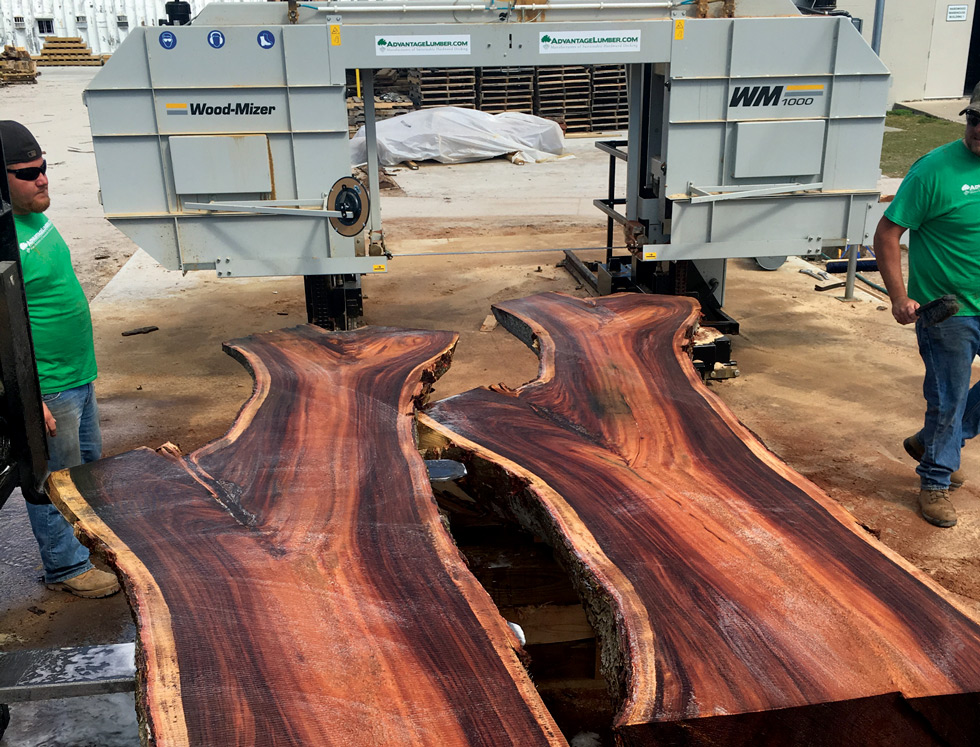I have some spruce slabs that I milled a few months ago. They were stickered and left to sit.
I had to move them off the property where they were milled today and they were a lot lighter
I moisture tested them and the reading from the most central location with the probes pushed all the way in was 11%.
I was surprised given that I had the understanding that they would take a year or more to dry.
Now that I have 11% is it reasonable to sell them to people who actually want to make stuff with them and tell them they can
or
do I need to tell people to let them dry out more or to slowly aclimatize them to the environment they are going to put them in.
Or some other approach?
I don't want to sell to someone and then have them make something and have their money, time and effort wasted.
I have sold a few pieces green but had many inquires from people who thought they could make stuff right away with it, so not expecting experience buyers who know what moisture content they can work with successfully.
I live in Alberta. It is dry here. I measured the moisture content of some old cedar logs I have been milling that have been outside for 30 or 40 years and they all test at 6% or don't give a reading because my meter won't read low enough.
I am using a timber check moisture meter.
I had to move them off the property where they were milled today and they were a lot lighter
I moisture tested them and the reading from the most central location with the probes pushed all the way in was 11%.
I was surprised given that I had the understanding that they would take a year or more to dry.
Now that I have 11% is it reasonable to sell them to people who actually want to make stuff with them and tell them they can
or
do I need to tell people to let them dry out more or to slowly aclimatize them to the environment they are going to put them in.
Or some other approach?
I don't want to sell to someone and then have them make something and have their money, time and effort wasted.
I have sold a few pieces green but had many inquires from people who thought they could make stuff right away with it, so not expecting experience buyers who know what moisture content they can work with successfully.
I live in Alberta. It is dry here. I measured the moisture content of some old cedar logs I have been milling that have been outside for 30 or 40 years and they all test at 6% or don't give a reading because my meter won't read low enough.
I am using a timber check moisture meter.







